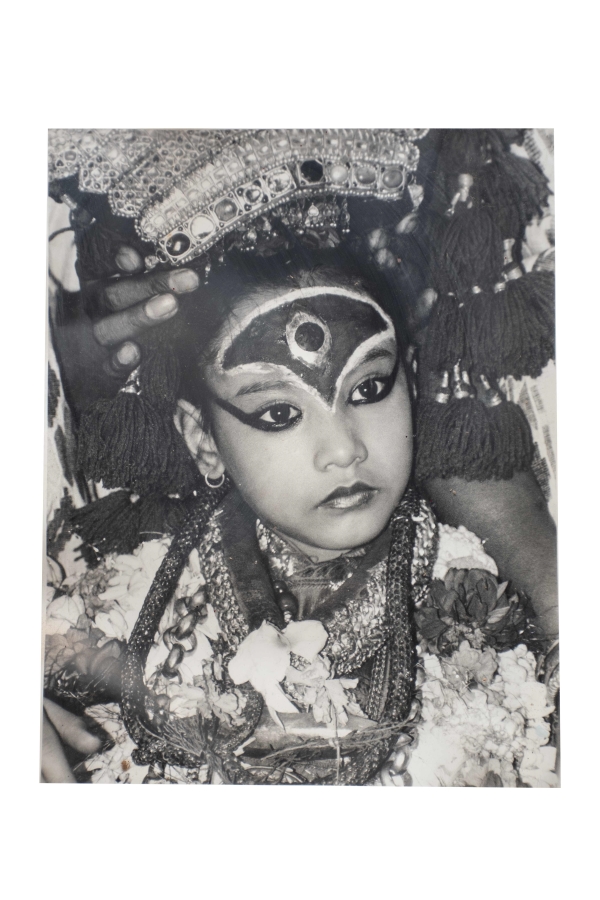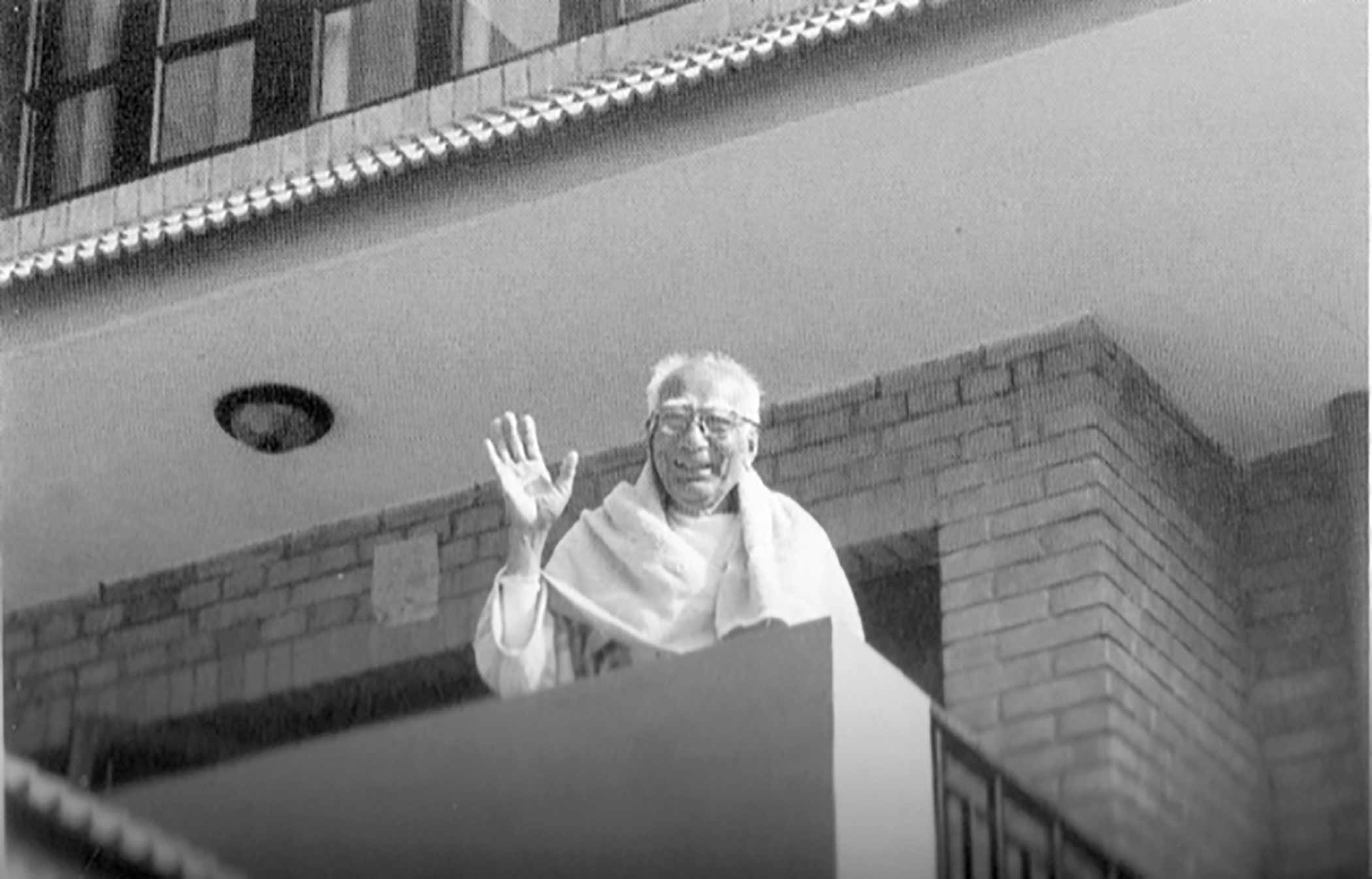Among the festivals of the Himalayan region, one that has proved to be a tourist attraction is Mani Rimdu. Celebrated by sherpas of the high- lands, this is an annual event that takes place in three places in Nepal at three different times. It is celebrated in Tengboche during the ninth month, tenth month at Chiwong and in the fourth month in Thame. Mani Rimdu in Nepal is a recent development and started only when Zatul Ngawang Tenzin Norbu of Rongbuk came to consecrate the monastery of Tengboche. It was the first time that monks performed the dance here. It then became an annual ritual, but was moved forward by a month to avoid the cold and dull weather.
Mani Rimdu is the worship of Phakpa Chenrezig, the god of Compassion and the prayers are meant to benefit all beings. The Chenrezig’s blessings are said to bring peace and good fortune to everyone. One of the rituals invokes the blessings of the god of Compassion on the rilbu, the long-life pills. The elaborate and very meaningful dance performance attracts a large crowd during Mani Rimdu. As the years went by, the lamas at Chiwong gompa in Solu started their own Mani Rimdu. With the establishment of this annual event at Thame, there were now three different celebrations in the country. The ritual dance also tells a story. It is a re-enactment of the establishment of Buddhism in Tibet. But it is also about individual awakening.
The original practice of Mani Rimdu was small, but with the addition of the dances it became elaborate and stretched to many days. The dances originated from the tantras , which are esoteric practices still prevalent in certain temples in Nepal. The name Mani Rimdu is said to be a composite of three words. Mani comes from the chant for Phakpa Chenrezig; ril the little red pellets and dub the blessing on the rilbu. The festival draws highland people from around the Himalayas along with tourists who book their trip to coincide with these entertaining ceremonies.
From the time China occupied Tibet, Tibetans have been leaving their homeland and arriving in Nepal. Denied the right to practice Buddhism , they came over to hospitable Nepal. Among them was a lama called Tulshig Rimpoche who settled in the Solu area in the high Himalayas. Rimpoche means “Precious One” and in Tibetan tul means illusion while shig means kill. His name therefore means Precious Destroyer of illusion. He is a reincarnate lama and was recognized when at an early age he spoke of his previous life. Tulshig Rimpoche established his monastery among the sherpas and it is called Thupten Choling Gompa.
Once every December, Tulshig Rimpoche comes down to the Chiwong Monastery to officiate at the Mani Rimdu festival there. A ceremony for long life is preceded by the dance drama performed by the monks. He blesses those who come to see him by touching them with the bottom of a silver cylinder, which contains prayers within. On his arrival at Chiwong, the monks there begin to play the trumpet-like instrument, the gyaling. Monks on the rooftop play another Tibetan instrument, the long copper trumpets called Zang dung. A young novice blows on a conch to herald the entry of the Rimpoche. This signifies the promulgation of the precepts of the Buddha or Dharma. The Rimpoche then climbs up and sits on a small porch overlooking the courtyard where the dances will take place. Spectators watch from the lower and upper galleries.
Mani Rimdu originated in Tibet and in pre-Buddhist Tibet they sacrificed animals. But, here among the Buddhists, their moral code prohibits killing of any sort. The problem was solved when dough was used as a substitute in place of the animal. This dough is called torma and comes in many shapes although the most common is the conical. When the lama enters the courtyard, a layman prepares torma for offering at the central alter.
The mystery play as the dance drama is referred to, starts with loud clashing of cymbals. It begins with the aspect of the awakening of the individual from illusion. The first step is the transformation of perception as an alter is built and objects of sensory perception are sacrificed. It is all symbolic— sound is offered in the form of cymbals, taste in the form of dough cakes, smell in the form of burning juniper, touch in the form of silks, sight in the form of a mirror and mind is represented by a book. With this, one is freed from material associations and is able to perceive allegorical patterns. It is then time for the monks to step out of the monastery to take part in the dance ceremony. They arrive to rid the people of their indigenous beliefs. King Song-tsen Gampo is credited for influencing the Tibetan people by taking up Buddhism. He in turn was influenced by his two wives, one of whom was a Nepali princess and the other, a Chinese princess. These two women brought their Buddhist practice along with images of the Buddha and other deities. It is said that he brought Tibetans out of the dark and barbarian age that prevailed, to be replaced by a more civilized culture. The decorative fire that the monks wear represents this light that replaced the darkness. It also represents the process of personal illumination.
The masked dancers then circle the courtyard leaping as they go. They represent the protectors of the faith or Dharmapalas. Buddhists believed in the assimilation of deities who were converted to protectors. Next, it’s the turn of a single masked dancer wearing brocade and a frightening blue mask. He represents the great Guru Rimpoche also known as Padmasambhava. He came to Tibet and subdued the powerful shamans. The great guru is followed by a masked,bearded person who is just the opposite. He brings comic relief and everything he tries to teach the crowd is wrong—from the method of prostrations to the counting of prayer beads. Known as Mi-tsering, the spectators love him and roar with laughter throughout his performance. When the dancing is over, it is time for Tulshig Rimpoche to perform a ritual called the long-life ceremony, or tse-wang. When the ceremony is completed, he hands out small red pills with some sacred wine, and blesses the participants by touching them on their heads. The pills are meant to stimulate the decay of illusion and lead to the discovery of the source to immortality. Mani Rimdu goes on for three consecutive days. The long-life ceremony is over by the fourth day and many villagers return to their daily chores.
The lamas then prepare for the Fire Puja, a sacrifice by fire in the courtyard. A mandala is made on a small pedestal, which is the responsibility of Ang Chuntu, the abbot of Chiwong. He uses sand to make figures within a circle. Kindling wood is then piled one on top of the other to make a pyre over the mandala. The origins of this ceremony go back three thousand years to Vedic times. Tulshig Rimpoche wears a crown decorated with images of Buddha and assumes the role of the one who sacrifices but asks nothing in return. He is dressed as a Bodhisattva who achieves the status of being desireless. When the pyre is lit, the monks circumambulate, while one of them holds a long book wrapped in a silk scarf. Offerings are then thrown into the fire and they go up in smoke.
Tulshig Rimpoche then holds a vajra against his breast with his right hand while with the left, he holds a bell that also has a vajra. The vajra symbolizes the skillful exercise of wisdom, while the bell represents wisdom itself. The bell also symbolizes impermanence just like its sound, which fades. Human life is compared to the sound, which changes and then is no more, signifying impermanence. Simultaneously, the mandala is also destroyed, yet another symbol of impermanence. The rituals come to an end when all the spectators present take handfuls of sand and ash from what remains of the mandala. This is believed to protect their dwellings and impart power to their fields.
Ani Choying Drolma: Life Post Covid
Covid changed the lives of most people, some for the better and some for the worse. Ani Choying Dromla took...










